According to a 2019 U.S. Energy Information Administration report, the average electric bill for households in the United States was $115 each month. Considering the cost of other household expenses like water, gas, mortgages, and rent – it’s no wonder why millions of Americans are wondering how to lower electricity bill.
Knowing how to save money on electric bill can reduce your overall household expenses. Fortunately, there are many easy steps you can take to lower your bill. Learn how to save electricity and lower the cost of your utilities with these nine simple tips.

Calculating utilities costs is the first step to reducing your utility bill. But, how can you know how to lower your bills if you don’t know how much you’re currently paying? This step is especially important if your account has been set up for automatic payments or if your account has fallen behind, as it can be more challenging to discover when your costs or usage rises. Additionally, most energy companies allow you to compare your usages month to month or year to year. This information can be invaluable and help you be more mindful of electricity usage.
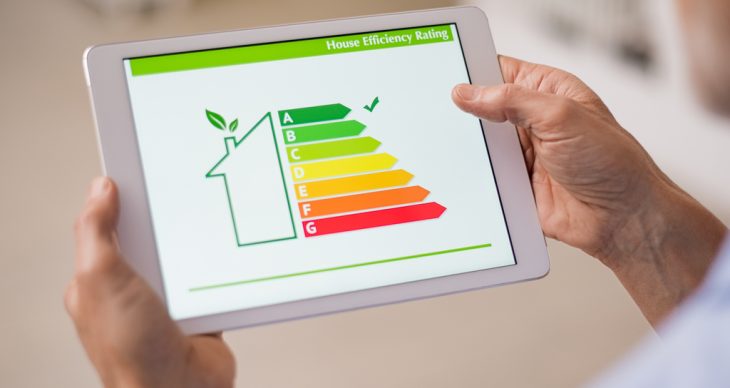
Did you know that the average cost of utilities for a house varies depending on energy-efficient products used in homes? One of the simplest ways to lower your household’s average utilities cost is to install energy-efficient products in your home. Some energy-efficient options are cheap options, such as switching to energy-efficient lightbulbs, which can save you up to $40 across the bulb’s lifespan. Alternatively, the ways to save energy usage that require more investment include using energy-efficient appliances, such as refrigerators, washing machines, and dishwashers. If your current appliance is already on its way out, consider an energy-efficient unit for its replacement. Additionally, check with your utility company to see if they offer any savings or rebates for installing energy-efficient appliances.
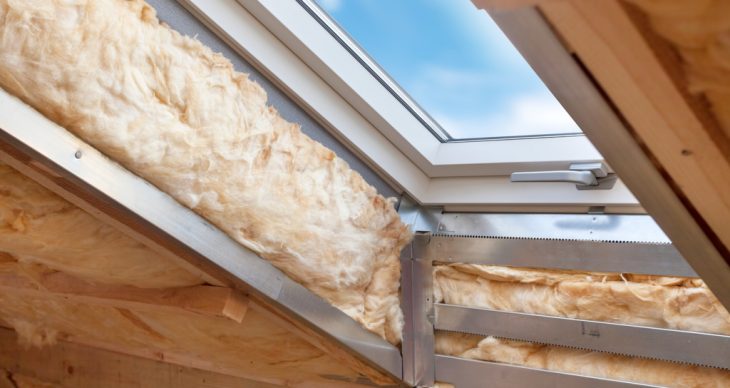
The Weatherization Assistance Program (WAP) is a free federal program that provides money to qualifying applicants towards improvements and upgrades that make a home more energy-efficient. Depending on your home and eligibility, you may be able to receive help with:
- Insulation
- Installation of energy-efficient systems and appliances
- Replacement doors and windows
- Safety tests
Not only does this program reduce your average electric bill, but you can reduce your average gas bill too.
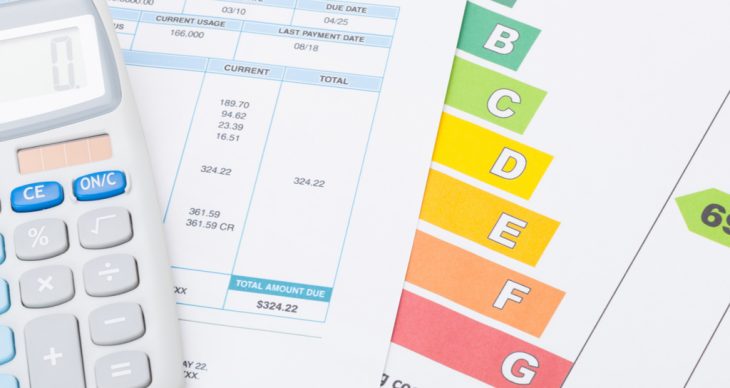
Speaking of federal programs, the Low-Income Home Energy Assistance Program (LIHEAP) is designed to provide financial assistance to households who are struggling to pay their utility bill or need aid to prevent a utility shut-off. If you need energy bill pay help, it’s worth taking the time to apply for LIHEAP. LIHEAP operates in all 50 states, but the program’s eligibility requirements, availability, application times, and application methods may vary between states. However, the primary eligibility requirement for this federal program is to demonstrate a financial need. Contact your local LIHEAP office to learn how to apply.
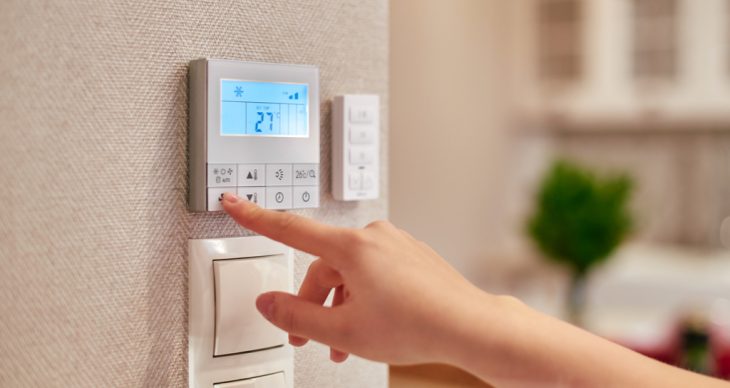
You can reduce your average electric bill with the help of a programmable thermostat. These smart thermostats let you set temperatures from your smartphone, which can save you hundreds each year. For example, if no one is at home during the day, you may be able to raise the temperature in your home in the summer and lower it again before you get home. Alternatively, you can set a stable temperature while you are out of town in the winter instead of risking frozen pipes or letting the heat run wild.
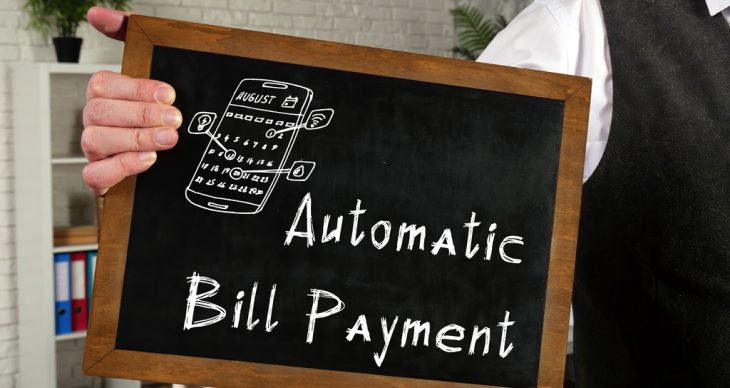
After calculating utilities cost, contact your utility provider to learn if they offer discounts for setting up automatic bill pay. Many utility companies provide between $5 and $20 each month to customers with automatic payments. Additionally, some utilities offer discounts for setting up paperless billing.
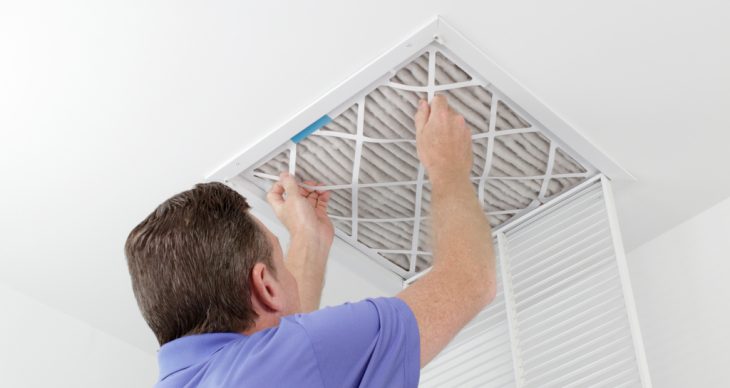
If you want to know how to lower electricity bill for your home, make sure you’re checking your air filters regularly. This is something that homeowners commonly overlook, but dirty furnace and air condition filters make the system run harder and less efficiently. Filters are meant to be changed every one to three months because dirt, dust, and other particles clog them. Changing out your air filters is great for your bill and your health.
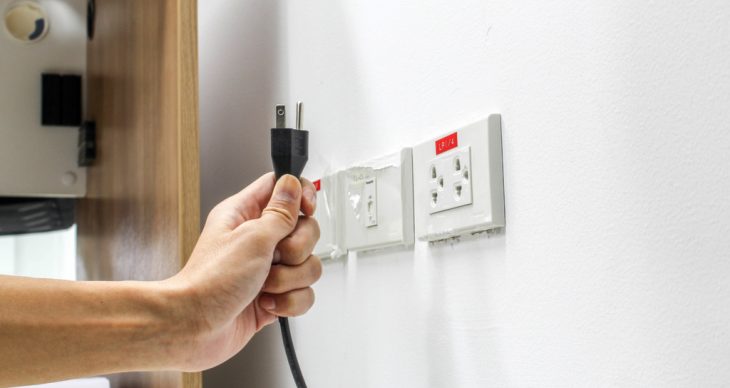
Did you know your electronic devices are still pulling electricity, even when they’re not on? A commonly overlooked way to save electricity is to unplug devices that are not in use. Devices that typically continue to pull electricity include:
- Kitchen appliances
- Video game systems
- Battery chargers
- DVD players
- Lights
- Televisions
- Stereo equipment
- Computers
- Fans
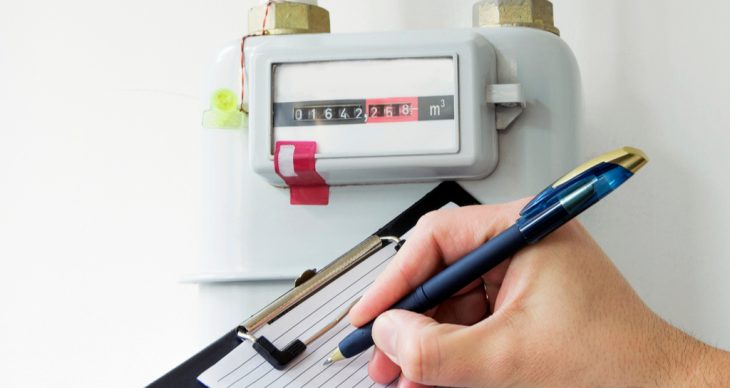
The question of how to save on electricity can vary between states. Some states have opted for energy and gas deregulation to give customers more control of their electricity and gas prices. Deregulation works like this: You cannot change your utility, but you can alter who your utility receives your energy or gas from. When your utility is your provider, they set the costs.
You’ll likely pay more on electricity in the summer and more on gas in the winter. Deregulation offers alternatives to those costs, including averaging costs throughout the year for stability or finding lower rates to save money. Additionally, many of these companies provide options for receiving 100 percent renewable energy.
As of 2020, states that allow energy deregulation include:
- California (limited)
- Connecticut
- Delaware
- Illinois
- Maine
- Maryland
- Massachusetts
- Michigan (limited)
- New Jersey
- New York
- Ohio
- Pennsylvania
- Rhode Island
- Texas
- Washington D.C.
It’s also worth checking to see if you can save on your average gas bill through gas deregulation. As of 2020, states that have opted for gas deregulation include:
- California
- Connecticut (limited)
- Illinois
- Maryland
- Massachusetts (limited)
- Michigan
- Montana
- New York
- Ohio
- Pennsylvania
- Rhode Island
- Washington D.C.